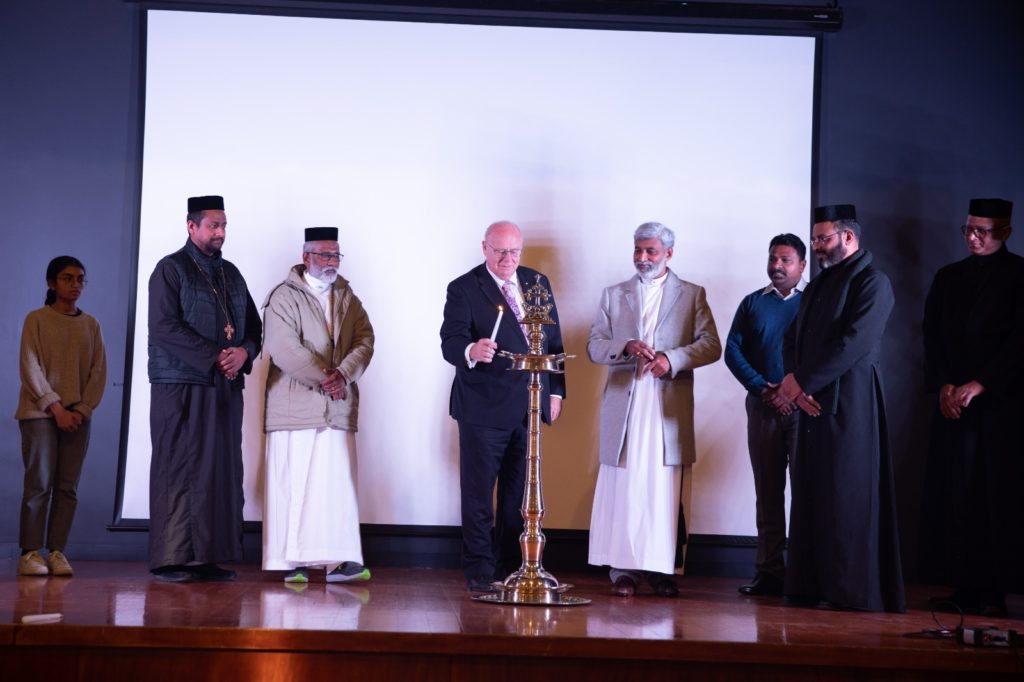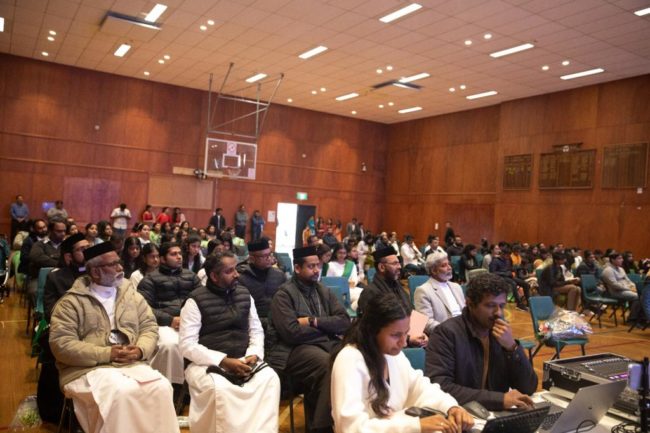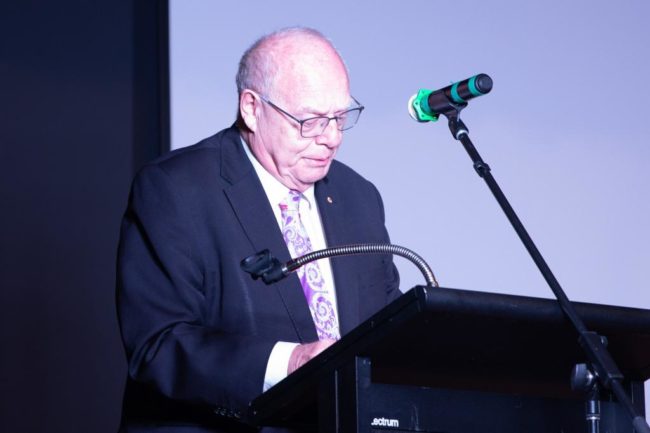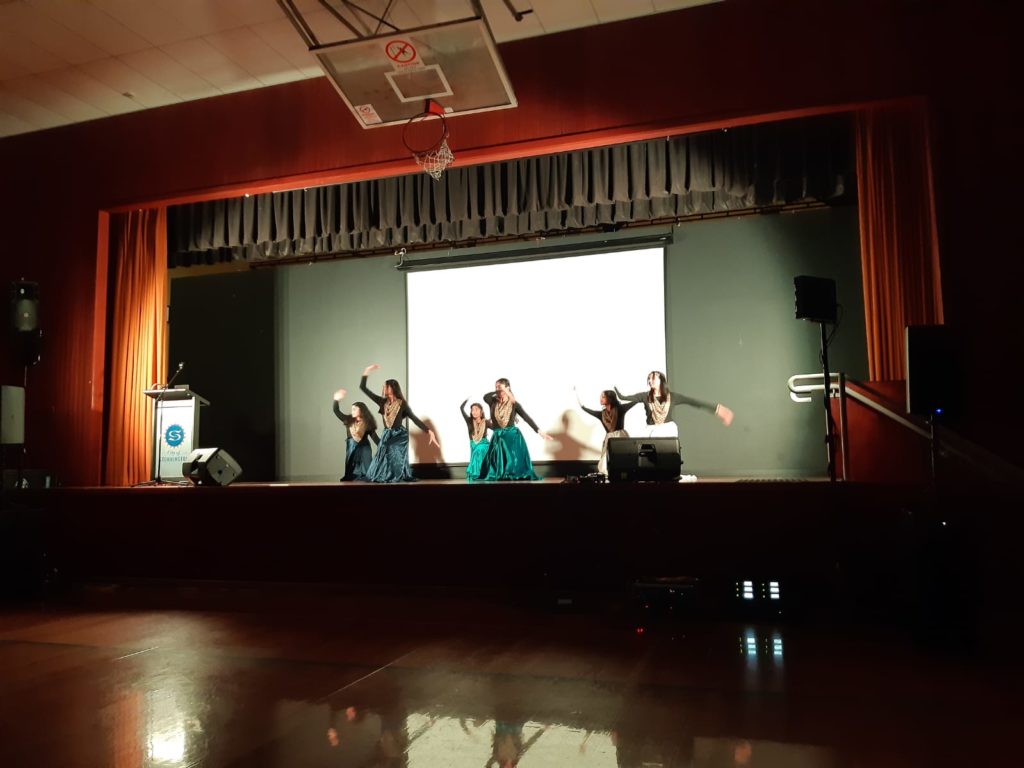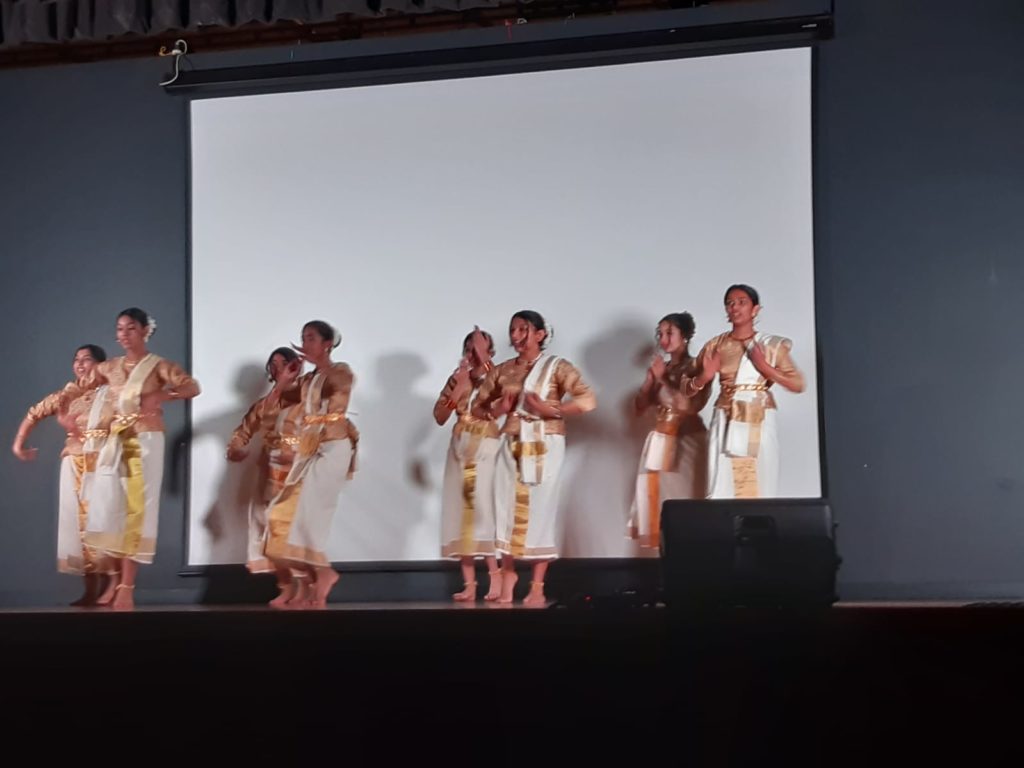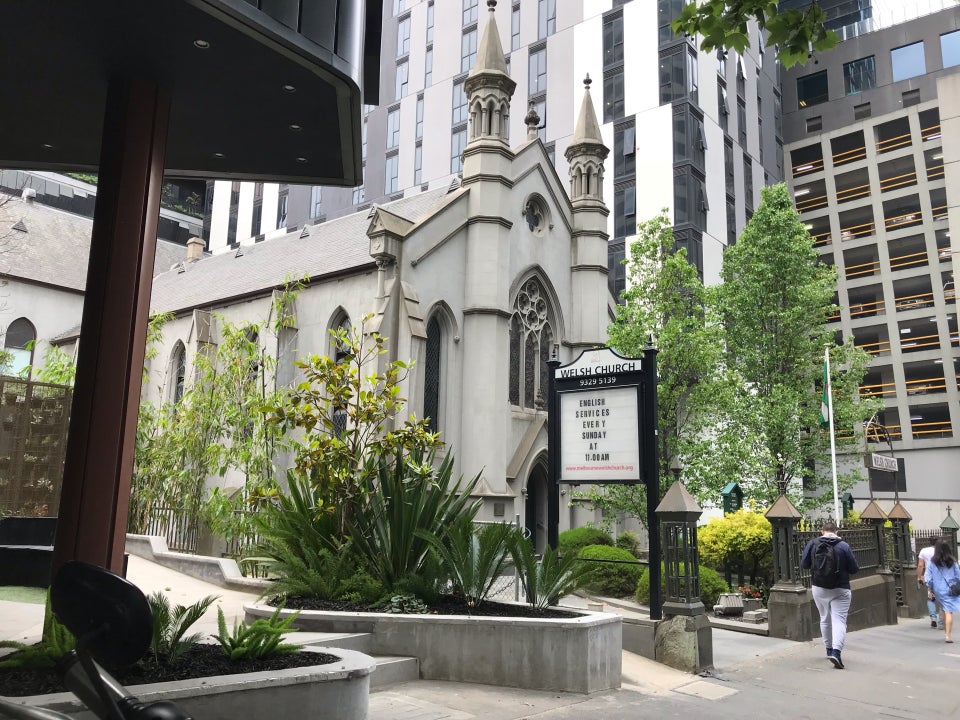
| National School Chaplaincy Association commends Govt’s wellbeing budget Media Release 15 July 2022 The National School Chaplaincy Association (NSCA) has commended the Federal Government on its decision to consider the health and wellbeing of Australians when planning the upcoming budget. NSCA spokesperson Peter James said the announcement by Federal Treasurer Jim Chalmers shows that Australia is prioritising holistic outcomes when considering policy. “A society that is healthier both physically and mentally doesn’t just benefit Australia socially but it makes economic sense, as it is always cheaper to prevent problems than fix them,” he said. He cited the National School Chaplaincy Program as an example of a preventative measure, and said he supports it being evaluated against wellbeing outcomes. “The school chaplaincy program is sometimes misrepresented by those with an ideological bias, but the fact is that chaplains are fully qualified in the youth work model of care that underpins both chaplaincy and student welfare work. “Within this model chaplains are trained to national standards in how to recognise mental health issues, and how to ensure students with such issues connect with other care professionals.” Mr James said the model is tested and proven, and revealed that a recent independent study by respected academics, which will be released publicly soon, demonstrates that Australia’s school chaplaincy program contributes to internationally recognised youth wellbeing outcomes. The study, conducted over four years by academics attached to the University of Western Australia’s Centre for Social Policy Practice Research and Development considered student wellbeing outcomes chaplains achieve for government schools. The outcomes reported are mapped into the Nest framework of the Australian Research Alliance for Children and Youth – a wellbeing framework with international standing used nationally to promote youth wellbeing outcomes for the whole child in the context of family, education, health, and culture. The findings demonstrates that chaplaincy contributes to the six interlocking areas of wellbeing of the Nest framework. It found 87% of respondents felt that chaplains had made a positive impact on their student’s sense of being valued, loved and safe; 78 per cent felt that chaplains had made a positive impact on their students’ health; 81% felt that chaplains had made a positive impact on their students’ participation; and 75% felt that chaplains had made a positive impact on their students’ sense of culture and identity. “School chaplaincy meets Australian schools’ wellbeing criteria which is what makes it a vital support program for schools and why a 2016 Kantar Public report, commissioned by the federal department of education and training, found that 91 per cent of parents support chaplaincy services and activities in schools,” Mr James said. He also noted that importantly, chaplains are qualified to meet the spiritual dimension of care and personal development that is a recognised part of Australia’s educational goals. Details of the study’s findings: * Being loved and safe – 87% of respondents felt that chaplains had made a positive impact on their student’s sense of being valued, loved and safe. Children and youth who are loved and safe are resilient, can withstand life’s challenges and respond constructively to setbacks and unanticipated events. * Having material basics – 76% of respondents felt that chaplains had made a positive impact on their students’ lives by supporting their basic material needs. Children and youth who have material basics have access to the things they need to live a ‘normal life’ and to participate in education and training pathways. * Being healthy – 78% of respondents felt that chaplains had made a positive impact on their students’ health. Healthy children and youth achieve their optimal developmental trajectories. They have access to services to support their growth and development and have access to preventative measures to redress any emerging health or developmental concerns. * Learning – 69% of respondents felt that chaplains had made a positive impact on their students’ learning. Children and youth learn through a variety of formal and informal experiences within the classroom and more broadly in their home and in the community. Children and youth who are learning participate in and experience education that enables them to reach their full potential and maximise their life opportunities. * Participating – 81% of respondents felt that chaplains had made a positive impact on their students’ participation. Participating includes involvement with peers and the community. In practice, participating means children and youth are supported in expressing their views, their views are taken into account, and they are involved in decision-making processes that affect them. * Positive sense of culture and identity – 75% of respondents felt that chaplains had made a positive impact on their students’ sense of culture and identity. Having a positive sense of culture and identity is central to the wellbeing of children and youth, and is particularly important for Aboriginal and Torres Strait Islander and other culturally and linguistically diverse children and youth. Media Contacts: Lyall Mercer – 0413 749 830 Barbara Gorogh – 0479 062 782 Dawn Penney, CEO Korus Connect The Korus Connect vision is one of supported communities with thriving people – engaged in their local area, collaborating with one another and concerned for the welfare of their neighbours. We desire to see communities that are connected, supported and whole. ‘Korus’ is a union of the Greek word khora – which means space, and ‘chorus’—which refers to the harmony and wholeness that comes from connection. ‘Korus’ speaks of a space for people to unite, join together, and be supported and inspired. |

